Examine the process of turning garbage into street bricks and clothes in Japan
In modern factories in Tokyo, waste types are effectively classified and recycled to serve human life. Let's visit one of the modern waste treatment plants here to know how effective Japanese waste disposal is!
- While many countries are "flooded with garbage", the country is importing waste to use
- Use kitchen garbage to recycle into fertilizer for home vegetable garden
- Incidentally: Used toilet paper can be recycled into electricity
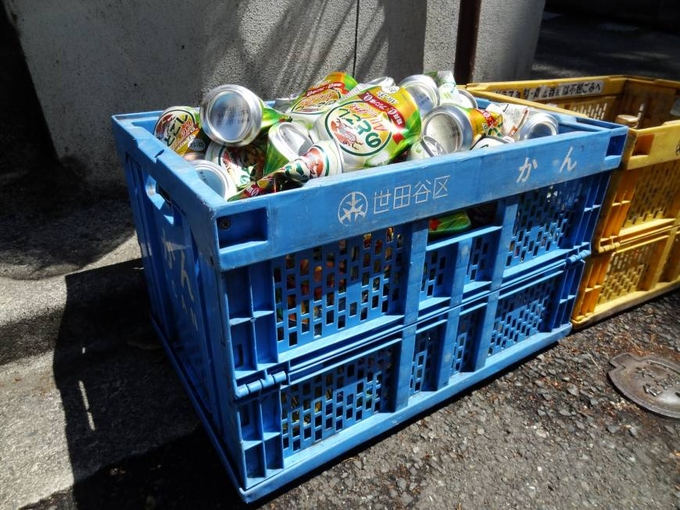
Across the streets of Tokyo, Japan there is always the presence of garbage plastic containers waiting for recycling.Before being taken to recycling plants, the garbage was meticulously classified.
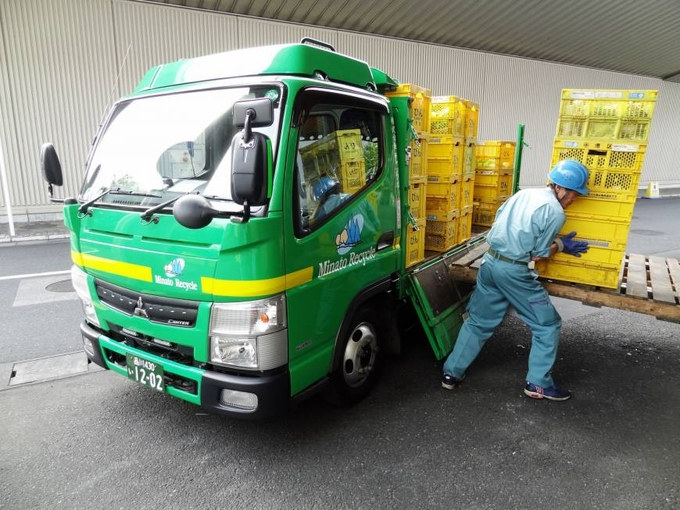
Recyclable plastic containers are gathered to the Minato Resource Recycling Center, in Minato district, Tokyo.Here, garbage is recycled to continue the life cycle in a different form.
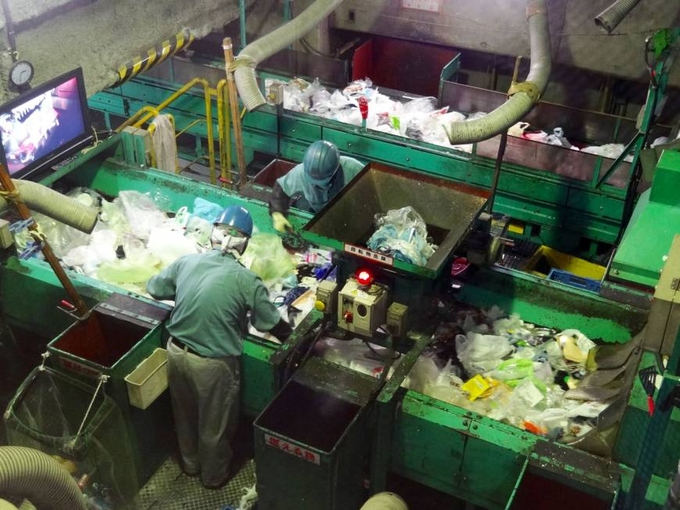
The process of sorting garbage is completed by workers.
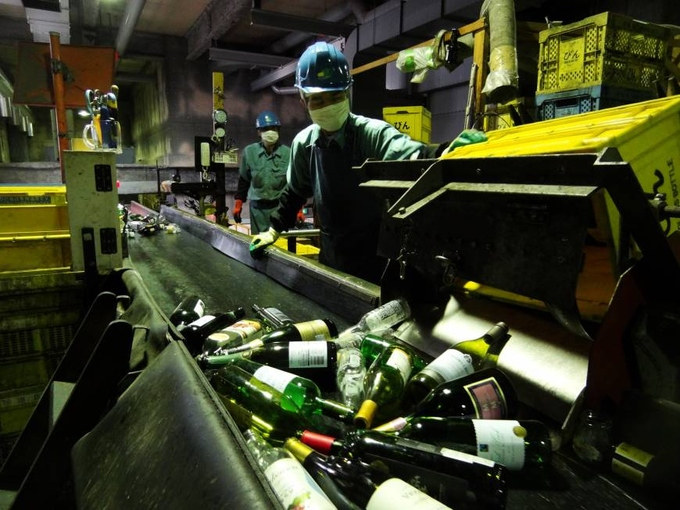
Minato Resource Recycling Center owns a recycling line for glass waste that has the capacity to process about one ton of glass waste per hour, equivalent to 4,000 bottles.
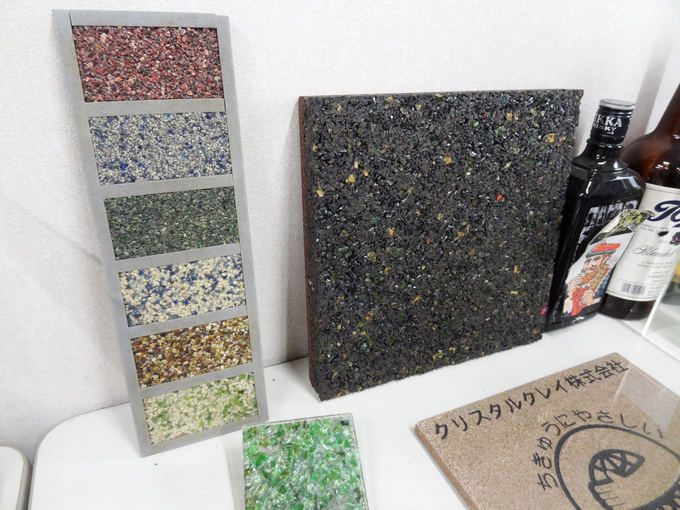
After treatment, the bottle will turn into glass pieces.They will then be recycled into paving materials or reused as bottles.In metal waste treatment lines, magnets are used to classify steel and aluminum.This line has a compressive capacity of 1,400 boxes at the same time.After treatment, metal waste will become the raw material for construction materials, canning industry or automobile manufacturing.
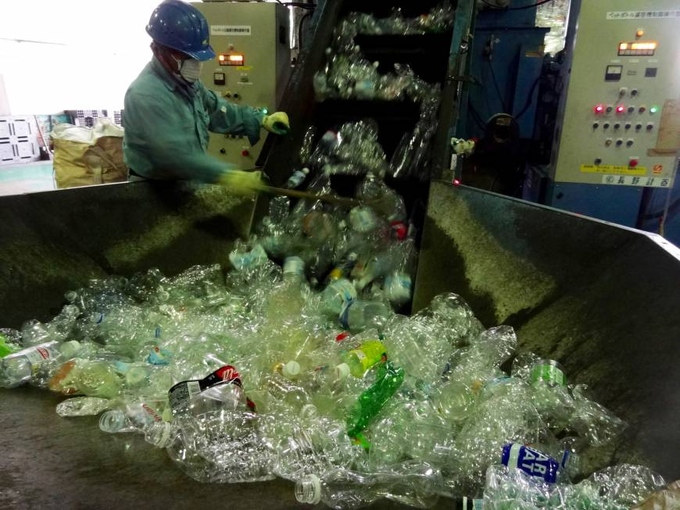
Plastic bottles are compressed into bales for recycling into fibers, office products or new bottles.Lines for compressing plastic bottles made from polyethylene terephthalate (PET) can compress 1 ton per hour.
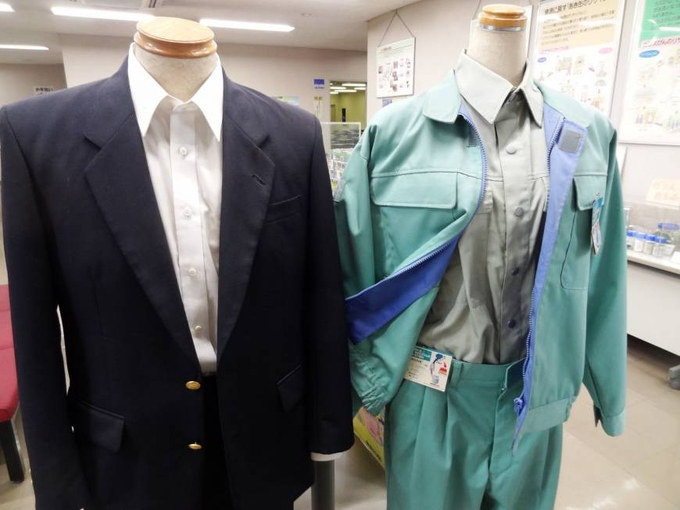
Clothing made from recycled plastic fiber PET is on display at the Minato Resource Recycling Center.Currently, Minato recycles about 29.8% of recycled materials, and it hopes to raise this ratio to 42% by 2021.
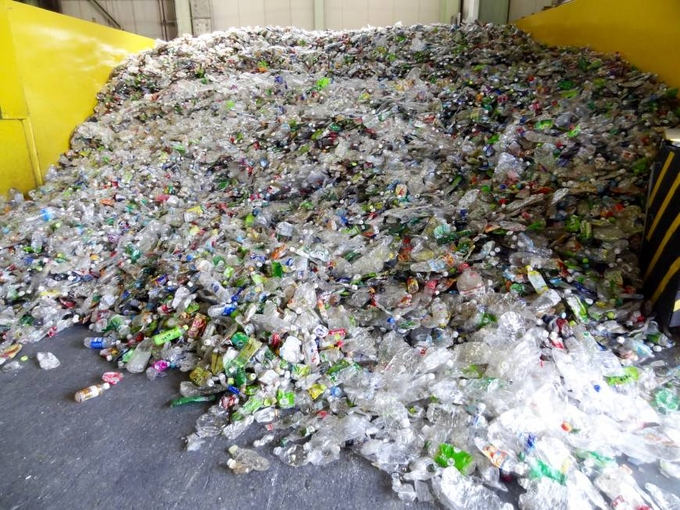
PET plastic bottles are gathered at PET Refining Technology Plant in Ogimachi, Kanagawa Prefecture.
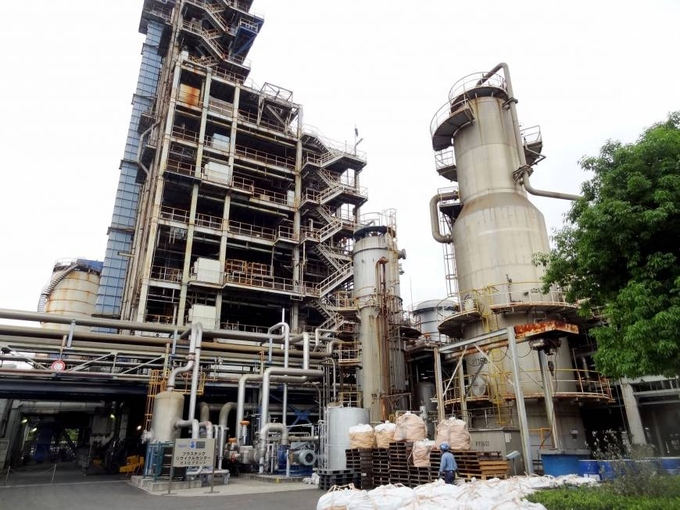
Showa Denko gasification plant in Ogimachi, Kanagawa Prefecture, produces about 80 tons of aluminum from about 5 million recycled aluminum boxes each year.Hydrogen generated during the recycling process will be used for acrylic fibers and pharmaceuticals.And CO2 gas is used for bottled water.
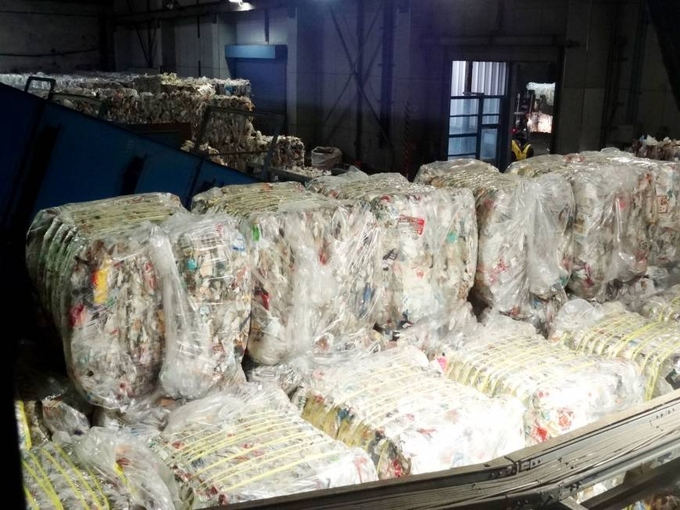
Recycled plastic bales at the factory.Recycling plastic waste reduces CO2 emissions, saves energy, creates a positive impact on the environment.
You should read it
- The truth about recycling e-waste and its effectiveness
- While many countries are 'flooded with garbage', the country is importing waste to use
- How long does it take waste to decompose?
- Chemical recycling can be a solution to the problem of plastic waste pollution
- Manufacturing electric cables from plastic waste - The great plan for the situation of plastic waste pollution in the world today
- Scientists created a mutant enzyme that 'ate' nearly a ton of plastic bottles after a few hours
- Use kitchen garbage to recycle into fertilizer for home vegetable garden
- The Earth has more than 8 billion tons of plastic, weighing about 1 billion elephants
- Why do we throw waste into volcanoes to handle?
- How are people using plastic to destroy nature?
- Why do humans not bring waste to the Sun?
- Discovered 'tattoo' lobster Pepsi logo and anxiety about the sea future
May be interested

The strange island values the dead more than the living

The incredible truth about American presidents makes everyone surprised

When you turn off the light in the room, where did the light go?

Why do you always bathe every day and still hate?

Finding the nude portrait of the Mona Lisa made the experts confused

11 interesting differences between the two ends of the Earth: Arctic and Antarctica






 Is it right or wrong to turn clothes inside out when drying? Mistaken habits 90% of users make
Is it right or wrong to turn clothes inside out when drying? Mistaken habits 90% of users make A series of photographs faithfully depicting Japan's harshest working culture
A series of photographs faithfully depicting Japan's harshest working culture Japan officially succeeded in creating the 2020 Olympic medal from recycled technology equipment
Japan officially succeeded in creating the 2020 Olympic medal from recycled technology equipment Japan officially announced the Tokyo 2020 Olympic medal, cast from recycled technology waste
Japan officially announced the Tokyo 2020 Olympic medal, cast from recycled technology waste 3 reasons you should wash new clothes before wearing to protect your health
3 reasons you should wash new clothes before wearing to protect your health Use kitchen garbage to recycle into fertilizer for home vegetable garden
Use kitchen garbage to recycle into fertilizer for home vegetable garden